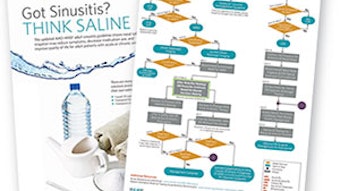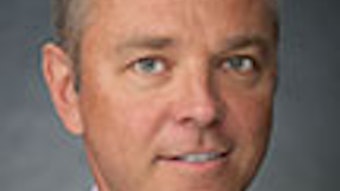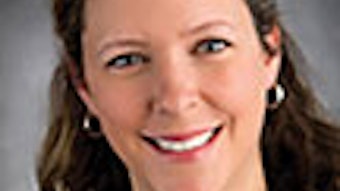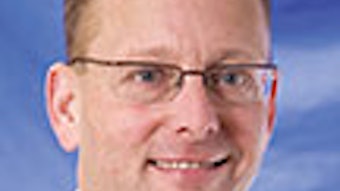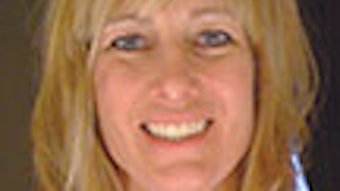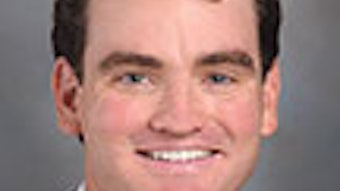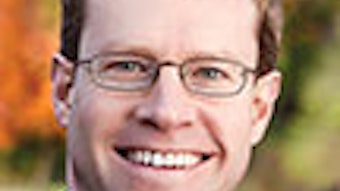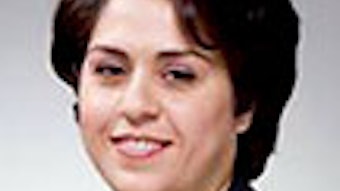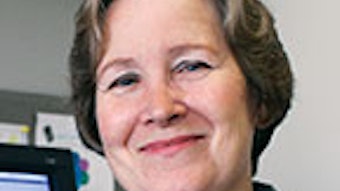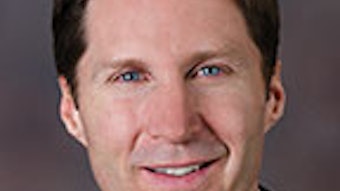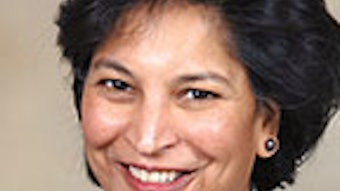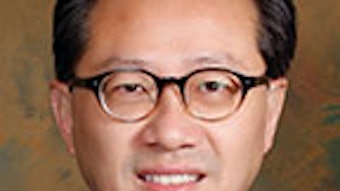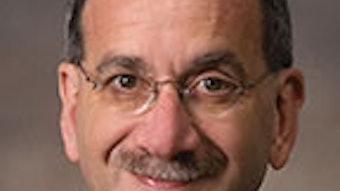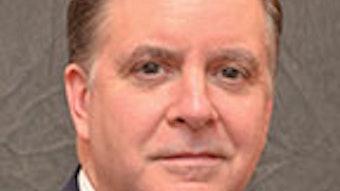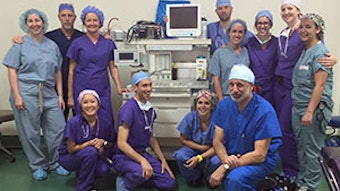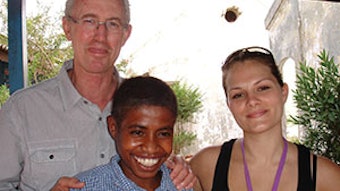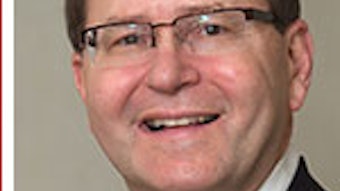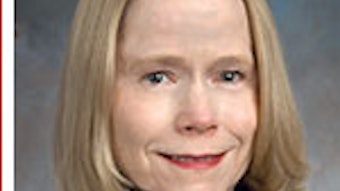CANDIDATE STATEMENTS: DIRECTOR AT LARGE: PRIVATE PRACTICESeth R. Schwartz, MD, MPH
The Academy has been a powerful voice and has provided exceptional value to our membership for many years.
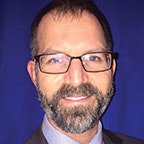
The Academy has been a powerful voice and has provided exceptional value to our membership for many years. The current environment creates challenges for our Academy as financial pressures mount and our specialty becomes increasingly splintered among subspecialties. Our advocacy efforts have created a loud voice for a small specialty, but there are constant threats to reimbursement and scope of practice that will require a strong political presence to ensure that the interests of our specialty are heard. By providing a unified voice for our specialty, the Academy has an opportunity to remain relevant to our membership. Maintaining that voice requires our membership to recognize the value of the Academy and remain engaged. The Academy has an opportunity to demonstrate value to our members through the research and quality efforts and through the educational products. The quality products demonstrate the value of our work and lay the foundation for quality metrics to ensure continued reimbursement. Our educational efforts are another opportunity to provide value through CME and dissemination of information. The Academy can work with the subspecialty societies to ensure that the educational efforts and Annual Meeting remain of interest to our broader membership.

